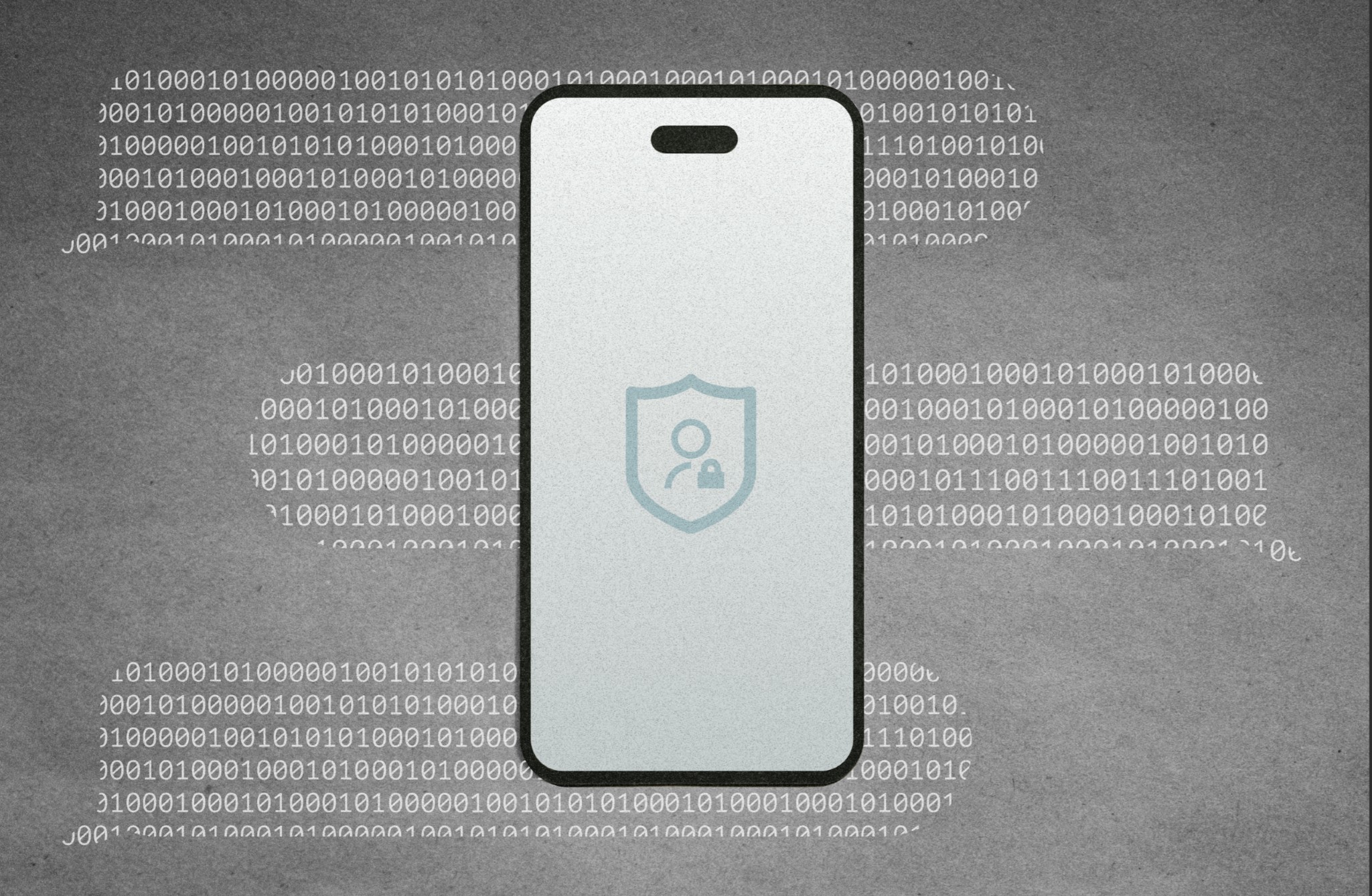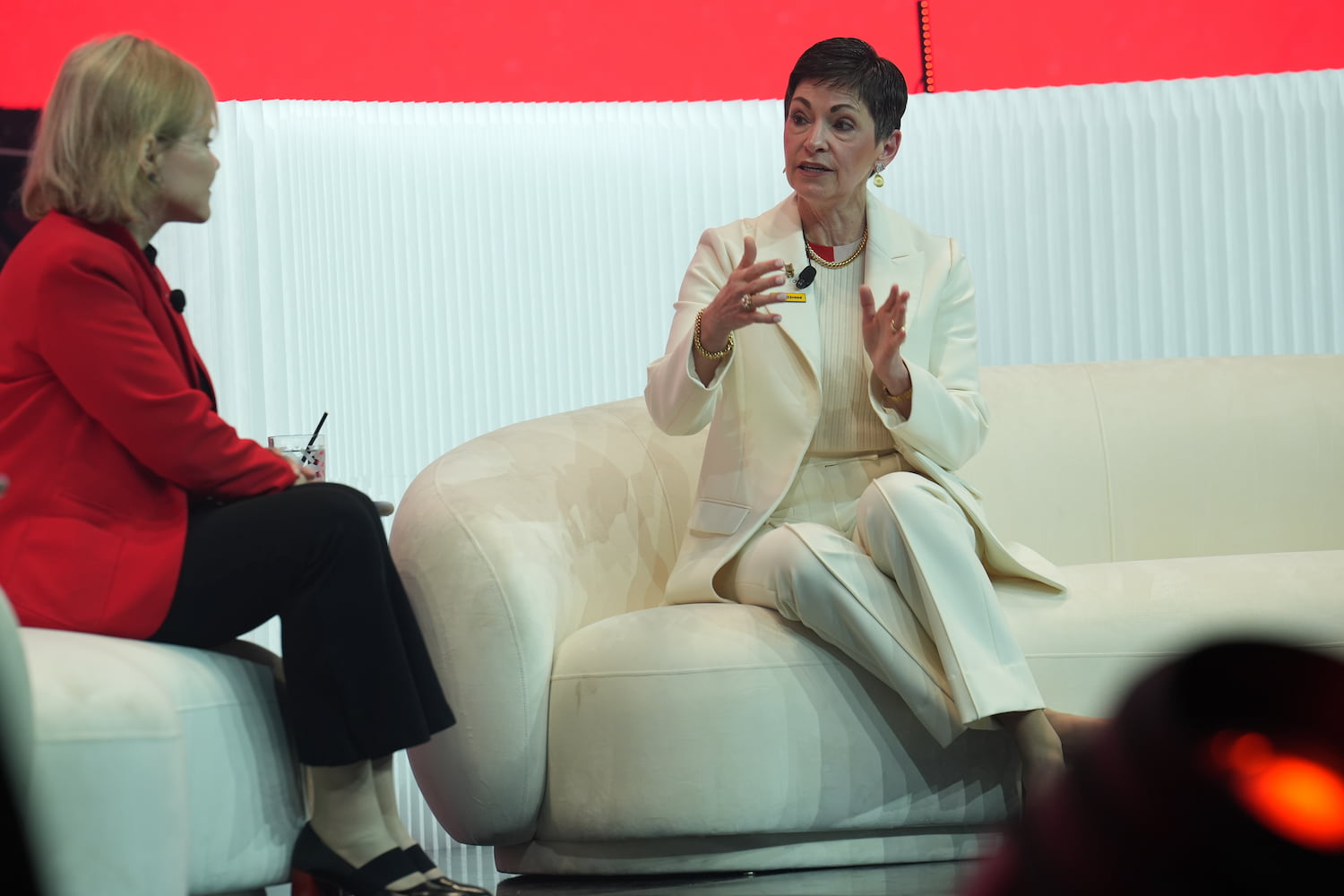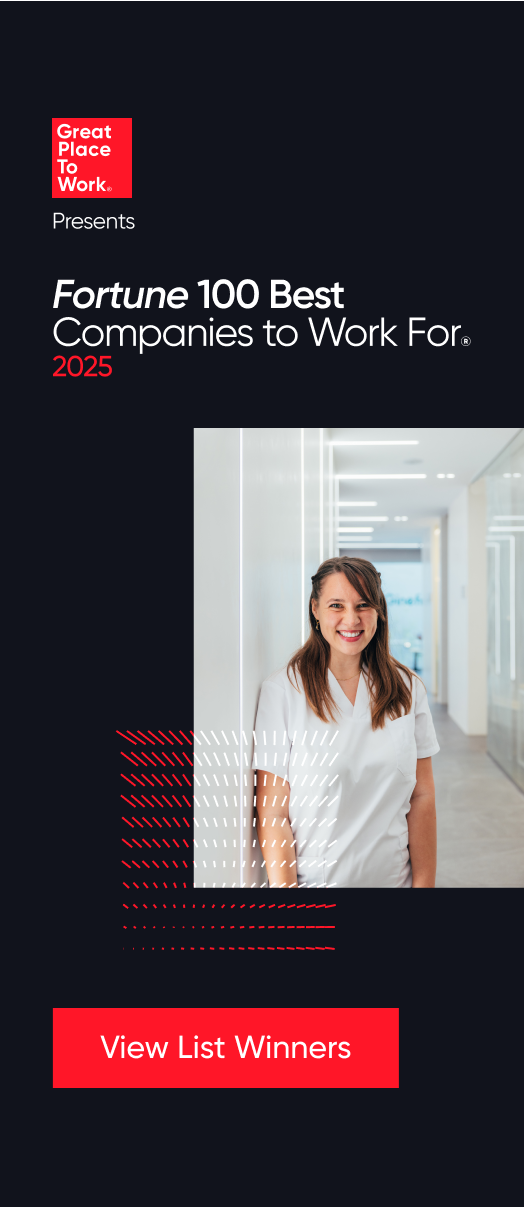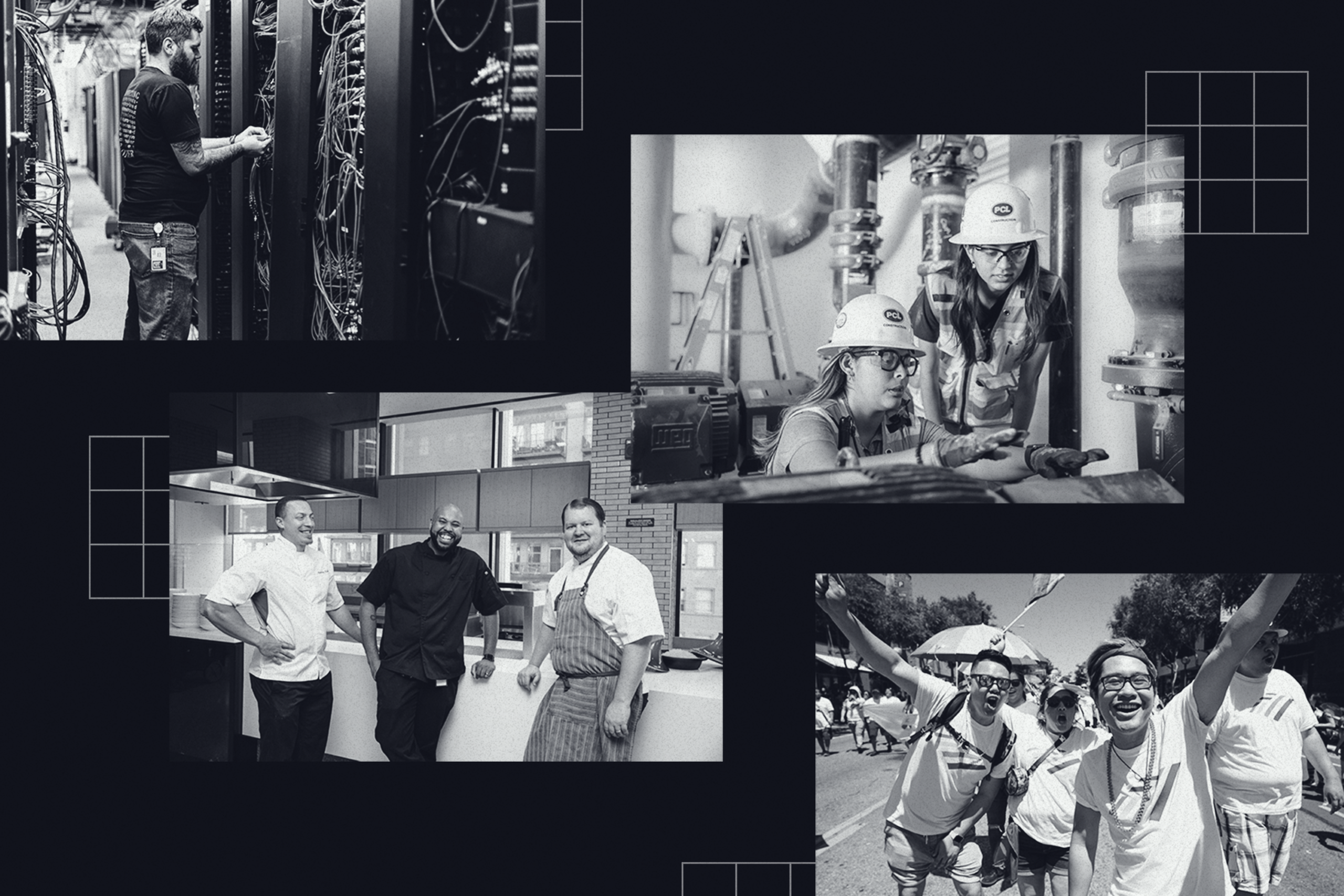AI (Artificial Intelligence), High-trust leadership
The rise of Gen AI promises to revolutionize the workplace. Here’s why the best workplaces are focused on improving human performance, rather than replacing it with machines.
Are your employees open and excited to use AI at work?
Surveys show that a lack of trust threatens to impede adoption of new technology all over the world. Employees are concerned about how AI will change, or even replace their jobs — but their minds can be changed.
A study from UKG found that three out of four people would be more accepting or even excited about AI if their company was more transparent about the direct ways AI could improve their workflow and how their organization uses AI.
How can companies get employees onboard?
“Change the narrative of losing jobs and replacement to one of upskilling people, and getting people to do things in a different way,” says Tony Bond, chief innovation and diversity officer at Great Place To Work®.
Bond joined leaders from Aviva, Teleperformance, and Cisco for a virtual roundtable hosted by Alex Wood Morton, executive editor, Europe at Fortune. All three companies are using AI tools to improve customer experiences or employee productivity.
They are also firmly committed to keeping humans in the loop with AI.
“We really do believe that AI is a tool,” says Alan Winters, chief people and diversity officer and deputy chief global compliance officer at Teleperformance Group. “If you think about it as a tool, then how do you arm your people to best use that tool for whatever interaction that they happen to be doing?”
How employees get AI training
How employees receive training and guidance around AI tools makes a big difference.
At Aviva, an insurance company based in the U.K., how employees feel about AI is something they consider carefully.
“I think one of the things we've done really well in Aviva is to educate [employees] on the basics of AI, Gen AI, data usage,” says Danny Harmer, chief people officer at Aviva. The company launched an initiative called “The Foundry” to train employees on AI, with clear communication about the purpose for adding AI to workflows.
“This is about augmenting what you do so that customers get a fantastic experience,” Harmer says. “It is not aimed at taking away the human, taking away the job.”
It all comes down to trust, Bond says. “We want to always continue to do the things that build trust.”
How leaders talk with employees about AI and the change it will create is paramount. “We have to make sure that people understand that they’re uniquely qualified to do things that nothing else can do,” Bond explains. “So, how do we build trust around this new teammate that we have that can augment our ability to do our jobs?”
All the leaders believed that the rise of AI presented opportunities for people willing to seek new skills.
“I’m very positive that we will need a lot of humans going forward in all sectors,” says Trine Strømsnes, managing director, Cisco Norway. “But we need to really come with [AI] competence. Competence needs to be part of everything we do.”
Compelling use cases
What does it look like when companies introduce AI tools in an employee-centric way?
Aviva, Teleperformance, and Cisco all see AI as a way to eliminate repetitive tasks and increase productivity. “If we can automate repetitive tasks, that is a good way of using gen AI, but it’s also freeing up resources for more strategic and creative activities,” Strømsnes says.
More exciting applications are starting to be explored around hiring and talent management.
Bond gives an example of a sales team that can use AI to practice their pitch or hone their selling skills. “It can almost be like a sparring partner,” he says.
Other use cases include employee retention, using AI tools to monitor employee data for risk factors. “We know through experience there are certain signs,” says Winters. “So we use this tool to pull all that data, and arm our retention specialists to do proactive outreach to find out what is going on and help solve a problem before it becomes a problem.”
Where can things go wrong? Using AI to scan résumés from potential applicants, for example.
On the one hand, AI tools dramatically lower the cost of sifting through thousands of applications. “Are you going to staff a recruiting team for one role with 5,000 applicants?” says Winters. “That’s a hard question, right? It’s expensive.”
On the other hand, when you think about the experience of a candidate going through your hiring process, AI tools can create a bad experience for someone you hope will join your company.
There’s also the potential for bias. “We don't know enough yet about the bias that exists in the system, which worries me greatly,” says Harmer.
“If you’re looking to hire diverse talents, then the data the AI models are trained on is really important,” Strømsnes agrees. “I would never take out the human element in that loop.”
Changing what work looks like
How employees build a career will look very different thanks to AI advances.
People will always be needed, but the work they do will be very different. Harmer points to the typewriter and fax machine as historical examples. These machines used to be at the heart of entry-level jobs in the workplace, and now they don’t exist.
Expect the trend to continue, Harmer says. “Research skills aren’t going to be as important,” she gives as an example. “We may not be able to think immediately of all its capabilities … but we are building it and also bringing people into the workforce and educating them.”
But companies will always need people.
“People will always go to where they want to be served,” Winter says. “I don’t believe that we’ll get to a point where the human aspect will ever be 100% replaced.”
Join us in Las Vegas!
Register for the next For All Summit™, April 8-10, to connect with leaders and experts from great workplaces around the world.










